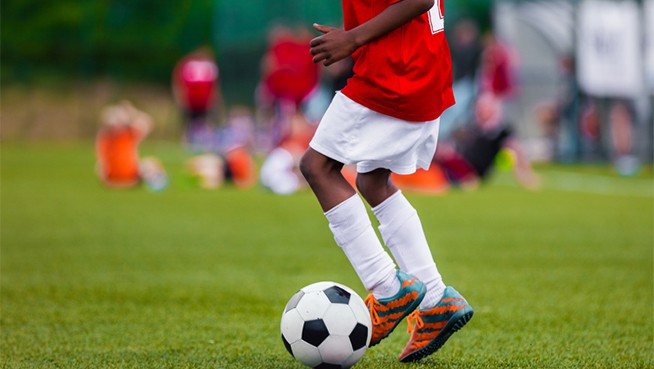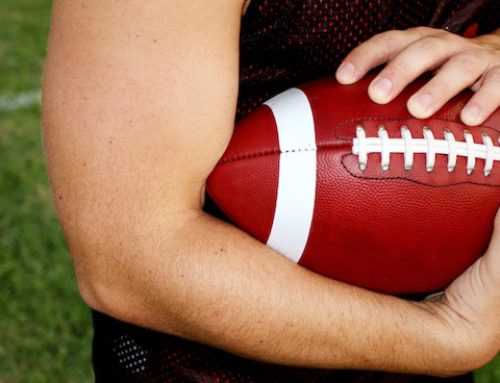Dave Pelz’s Chipping Tips
The Dave Pelz Scoring Game School, whose clients include Phil Mickelson and Vijay Singh, is a leader in teaching golfers how to get up and down. Owner Dave Pelz says, “The chip shot is where you can turn three shots into two. This means chipping close to the hole for a one-putt, instead of a two-putt, which is the heart of scoring.”
Here are Pelz’s five tips for perfect chips when you’re just off the green.
1. Fly the ball about three feet onto the green. Don’t aim for the edge of the green. That is a very precise, tight area to hit.
2. Pick a club that allows you to land the ball three feet on the green and roll next to the hole. Before choosing the club, take into account the green’s speed, how the first bounce will react and how backspin will affect the shot.
3. Take the club back as far as you need for the power you’ll use. Always follow through the ball a bit further than how far you brought your club back.
4. When you swing back, keep your shoulders and hips together. You want to synchronize them to where they turn together and eliminate any power from your lower body.
5. You don’t want any wrist cock in the chipping motion. Swing back and through with your arms and upper body.
Ribbon Chipping Drill
- Get 10 feet of ribbon. Form it into a circle and place it three feet into the green, where you think the ball needs to land and release to the hole
- Find an area 10 yards away from green to chip from
- Begin chipping from that spot, aiming to land every shot in the ribbon
- Once you’re comfortable from that spot, move the ribbon to another three-foot area and hit from there
Coaching Point 1: Hit a number of shots from each spot.
Coaching Point 2: If the shots are landing in the ribbon and rolling short or past the hole, move it to another part of the green so the ball will land in the circle and roll to the hole.
Benefit: You learn how large of a swing you need to fly the ball into the ribbon so it rolls next to the hole. You also learn if you’re missing because of the execution of your chip or because of how you read the green.
RECOMMENDED FOR YOU
MOST POPULAR
Dave Pelz’s Chipping Tips
The Dave Pelz Scoring Game School, whose clients include Phil Mickelson and Vijay Singh, is a leader in teaching golfers how to get up and down. Owner Dave Pelz says, “The chip shot is where you can turn three shots into two. This means chipping close to the hole for a one-putt, instead of a two-putt, which is the heart of scoring.”
Here are Pelz’s five tips for perfect chips when you’re just off the green.
1. Fly the ball about three feet onto the green. Don’t aim for the edge of the green. That is a very precise, tight area to hit.
2. Pick a club that allows you to land the ball three feet on the green and roll next to the hole. Before choosing the club, take into account the green’s speed, how the first bounce will react and how backspin will affect the shot.
3. Take the club back as far as you need for the power you’ll use. Always follow through the ball a bit further than how far you brought your club back.
4. When you swing back, keep your shoulders and hips together. You want to synchronize them to where they turn together and eliminate any power from your lower body.
5. You don’t want any wrist cock in the chipping motion. Swing back and through with your arms and upper body.
Ribbon Chipping Drill
- Get 10 feet of ribbon. Form it into a circle and place it three feet into the green, where you think the ball needs to land and release to the hole
- Find an area 10 yards away from green to chip from
- Begin chipping from that spot, aiming to land every shot in the ribbon
- Once you’re comfortable from that spot, move the ribbon to another three-foot area and hit from there
Coaching Point 1: Hit a number of shots from each spot.
Coaching Point 2: If the shots are landing in the ribbon and rolling short or past the hole, move it to another part of the green so the ball will land in the circle and roll to the hole.
Benefit: You learn how large of a swing you need to fly the ball into the ribbon so it rolls next to the hole. You also learn if you’re missing because of the execution of your chip or because of how you read the green.












